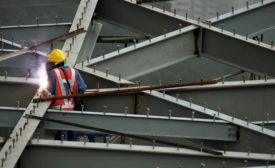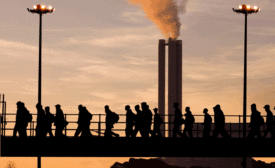Construction Industry Safety and Health
Web Exclusive
Safety yesterday, today & tomorrow
Construction of the Brooklyn Bridge took 14 years—and multiple lives
August 5, 2019
Become a Leader in Safety Culture
Build your knowledge with ISHN, covering key safety, health and industrial hygiene news, products, and trends.
JOIN TODAYCopyright ©2025. All Rights Reserved BNP Media.
Design, CMS, Hosting & Web Development :: ePublishing









